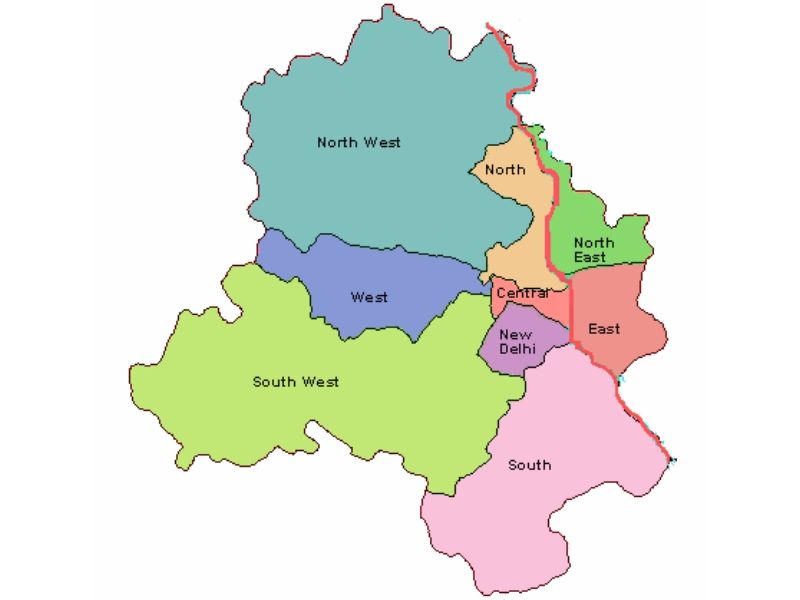The annual EducationWorld India School Rankings (EWISR), which rates and ranks the country’s Top 1,000 primary-secondary schools, is the world’s largest school rankings survey. To compile the 100-plus league tables of the EW India School Rankings 2019-20, 120 field personnel of the Delhi-based market research company Centre for Forecasting & Research (C fore) interviewed 12,213 sample educationists, principals, teachers and senior students countrywide and persuaded them to rate schools in 14 categories (to avoid apples and oranges comparisons) on 14 parameters of education excellence including faculty competence, academic reputation, infrastructure, etc. The EWISR 2019-20 league tables spread over 300 pages were published last September.
Although EWISR 2019-20 also provides state and city rankings, national rankings are given pride of place in this annual exercise initiated in 2007. Yet national rankings are of limited interest to parents and students in India’s 29 states and seven Union territories, most of which are larger and more populous than most European countries. City and state rankings in that order are of greater import, especially for stakeholders in day schools.
Therefore to mine the huge volume of valuable data contained within EWISR 2019-20, we have constituted a special analytics task force to highlight the large and growing number of primary-secondary schools (co-ed day and day-cum-boarding) in India’s national capital territory: Delhi.
India’s national capital territory: a profile
Bordered by the states of Haryana and Uttar Pradesh and covering an area of 1,484 sq. km, the Union territory of Delhi popularly known as Delhi NCT (national capital territory), which includes the country’s administrative capital New Delhi‚ is a bustling megalopolis with a cosmopolitan and global character. The seat of India’s Central government, judiciary, and diplomatic corps and a hub of trade, culture and literature, Delhi NCT hosts the headquarters of several of India’s blue-chip real estate, agrochemicals, retail, IT/ITES and manufacturing industries and chalked up a GSDP (gross state domestic product) growth rate of 8.81 percent in 2018-19. It also hosts 18 billionaires and 23,000 millionaires making it the country’s second wealthiest city after Mumbai.
Although Delhi is also the world’s most polluted city according to the World Health Organisation, its annual per capita income is Rs.3.65 lakh, three times the national average (Rs.1.25 lakh) and it hosts a large number of young professionals with school-going children. Therefore, there is continuously rising demand for quality preschool to higher education in the national capital.
Apart from hosting vintage schools such as Springdales School, Pusa Road (estb.1968), The Mother’s International School (1956) and Sardar Patel Vidyalaya (1957), and Cambridge School, Srinivaspuri (1931), several latter day greenfield schools have also sprouted in Delhi NCT including Maxfort, Sri Venkateswara International School and Nirmal Bhartia. Higher education and research institutions in Delhi NCT include Indian Institute of Technology, Delhi Technological University, National Law University and the All India Institute of Medical Sciences, among others.
Delhi which is also a state of the Indian Union, is governed by the new genre Aam Aadmi Party (AAP) which allocated an unprecedented 26 percent of its 2019-20 budget for public education. Unsurprisingly, the annual per child education expenditure in Delhi state at Rs.51,745 is way above the national average (Rs.13,974).
Also read: Top-ranked Schools of Maharashtra
